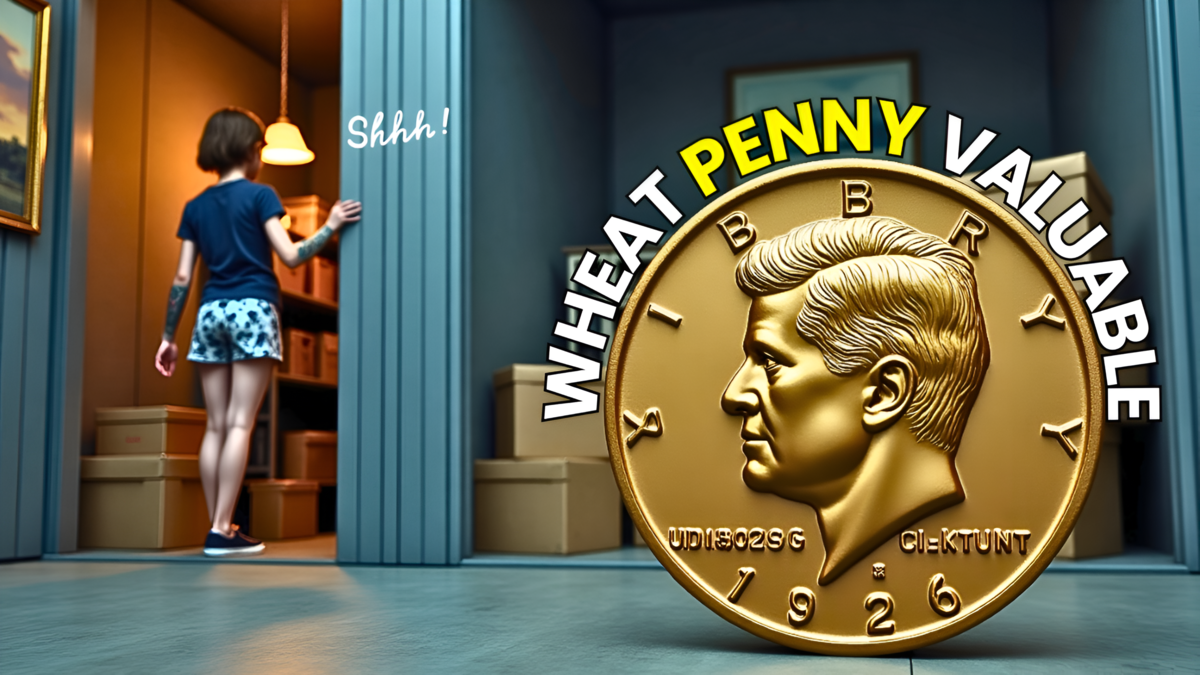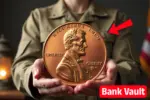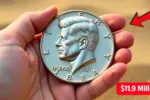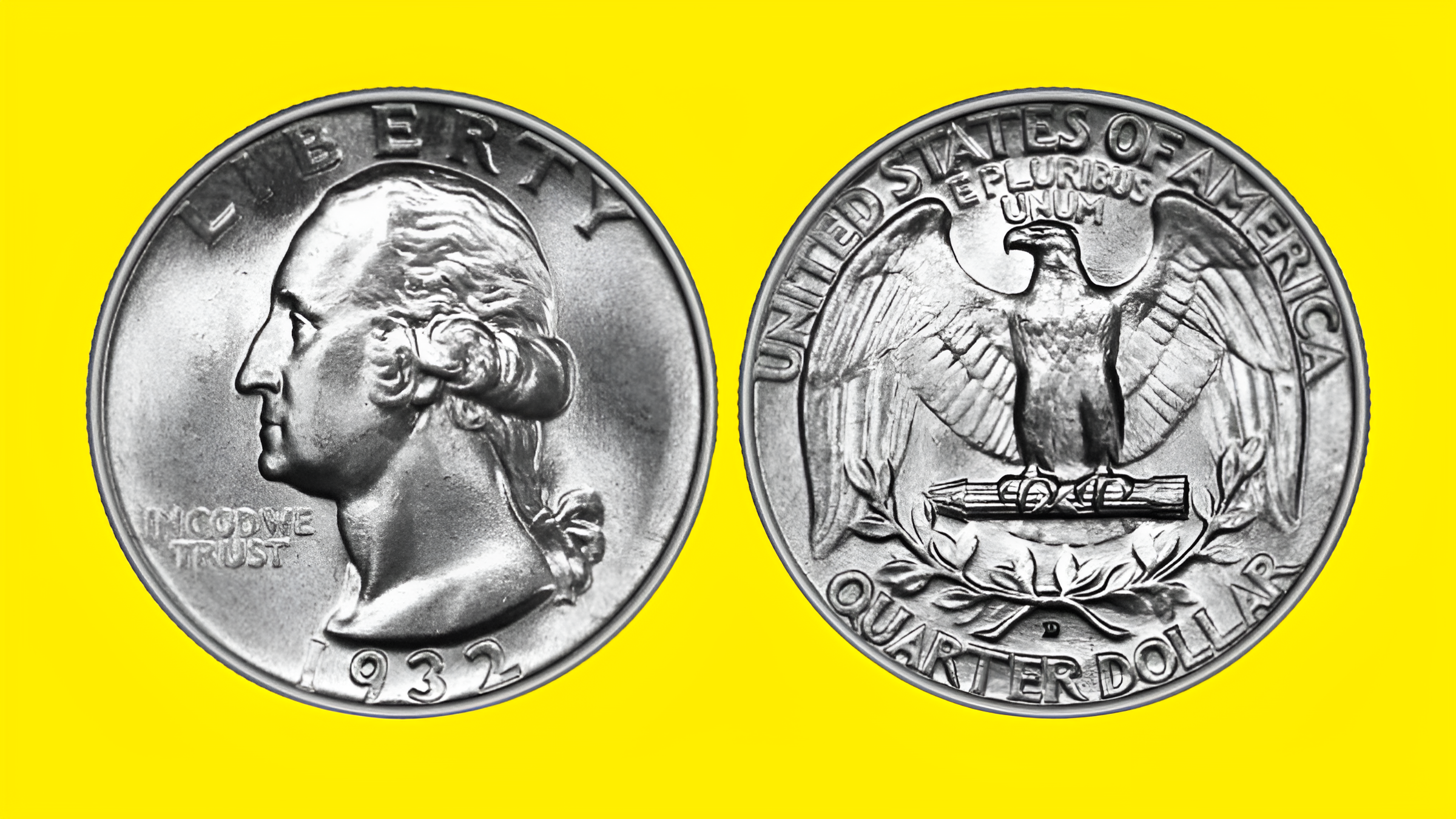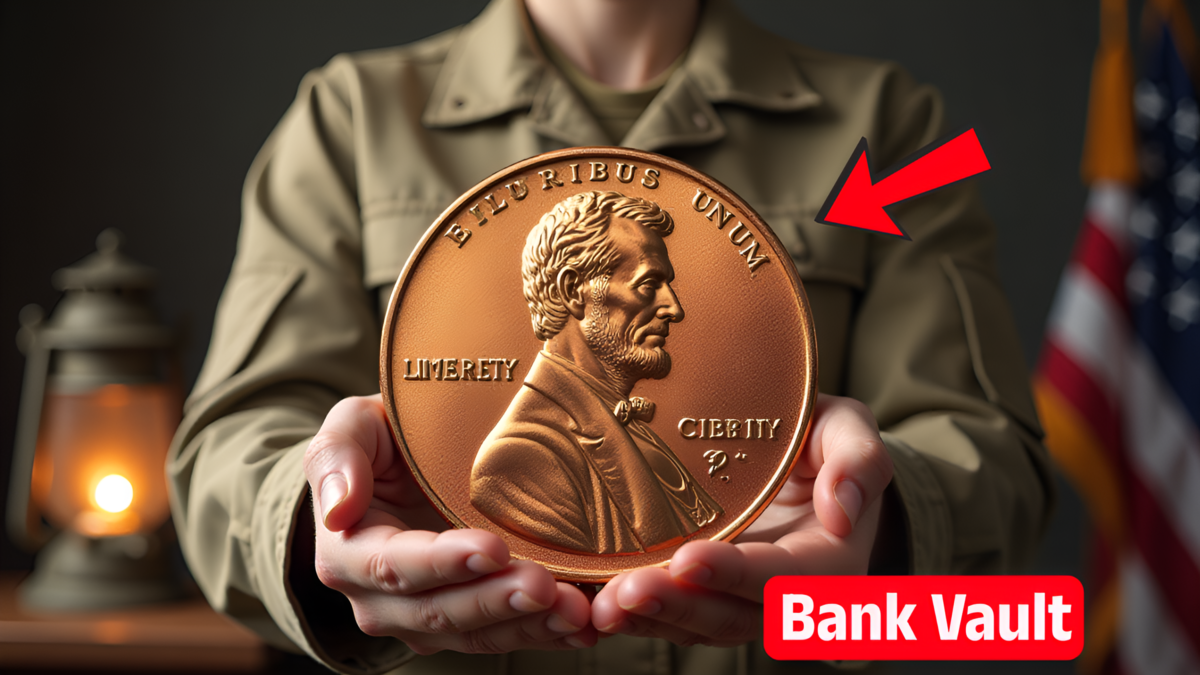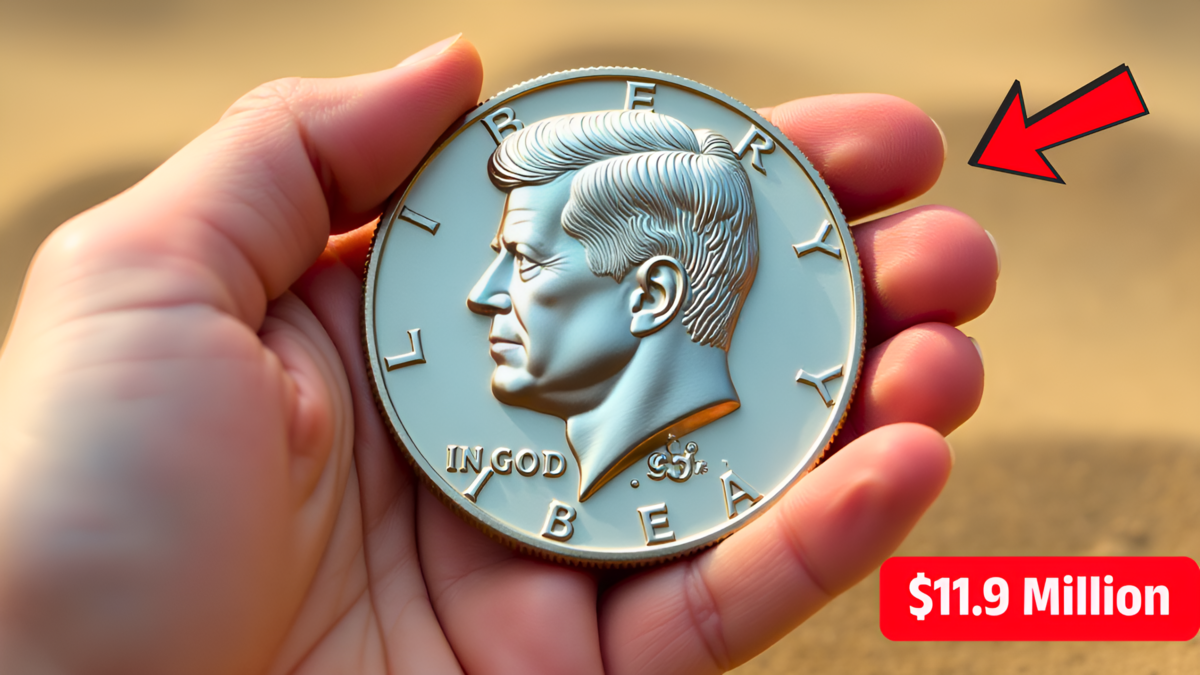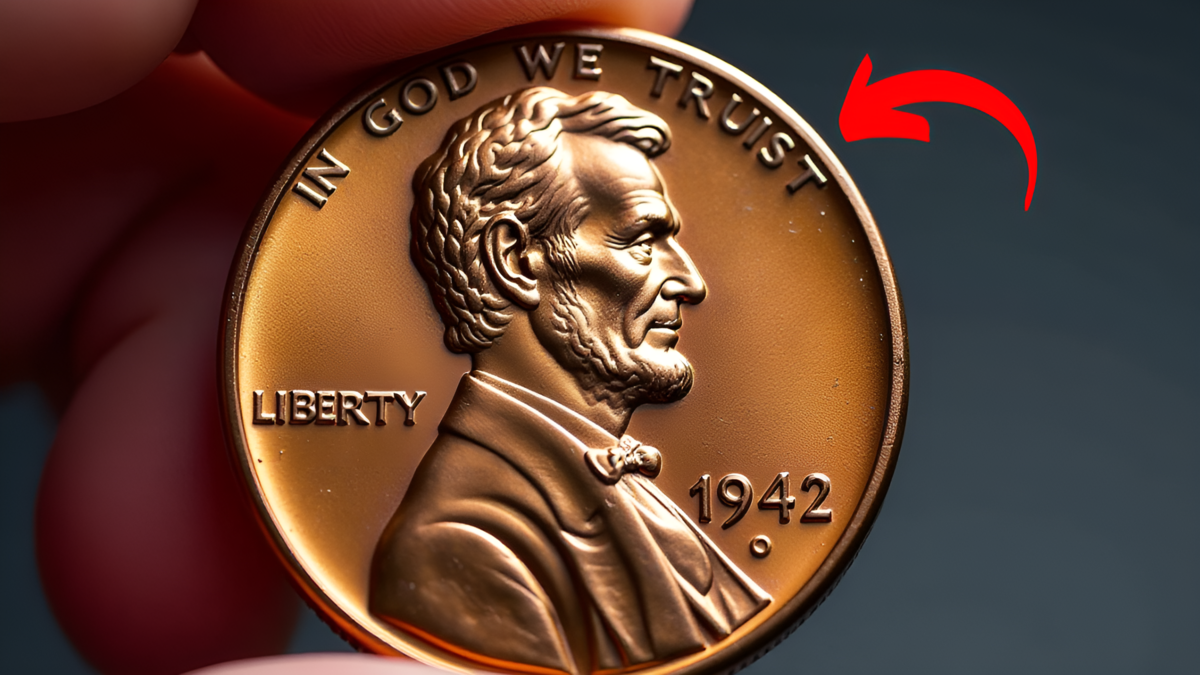The 1944 No Mint Mark Wheat Penny is a captivating coin that holds a special place in American numismatics. As a product of an era marked by world war and economic strain, this penny symbolizes resilience and resourcefulness. Collectors and history enthusiasts alike are drawn to the charm of the 1944 Wheat Penny, but one pressing question often arises: is it valuable? Let’s dive deep into its history, factors affecting its worth, and how you can determine its value.
A Brief History of the 1944 Wheat Penny
The Wheat Penny series, also known as Lincoln Cents, was introduced in 1909 to commemorate Abraham Lincoln’s 100th birth anniversary. Designed by Victor David Brenner, these pennies display Lincoln’s profile on the obverse and two wheat stalks on the reverse, symbolizing prosperity and unity. This design was produced from 1909 to 1958, after which it was replaced with the Lincoln Memorial reverse.
The year 1944 was a pivotal time in world history as the United States was deeply involved in World War II. The demand for copper, a vital resource for ammunition and other war materials, prompted the U.S. Mint to explore alternative materials for coinage. This led to the production of zinc-coated steel pennies in 1943. By 1944, recycled ammunition shell casings were used to produce pennies, restoring the traditional copper alloy with a unique historical twist.
The 1944 No Mint Mark Wheat Penny was minted in Philadelphia, which did not use mint marks during that era. Its historical context and unique composition make it a popular choice among collectors, but its value depends on several factors.
What Does “No Mint Mark” Mean?
Coins minted in the United States often feature a mint mark to indicate their place of origin, such as “D” for Denver or “S” for San Francisco. However, coins produced in Philadelphia during this period lacked a mint mark. This absence, while not uncommon, adds a layer of intrigue to the 1944 No Mint Mark Wheat Penny, particularly when considered alongside its historical significance.
Factors Influencing the Value of the 1944 No Mint Mark Wheat Penny
The value of a coin is determined by a combination of rarity, condition, demand, and historical significance. Let’s explore these factors in detail:
1. Condition
The condition of a coin is paramount in determining its value. Coins are graded on a scale ranging from Poor (P-1) to Mint State (MS-70). A heavily circulated 1944 Wheat Penny with significant wear may only be worth its face value, while one in pristine Mint State condition can fetch a substantial price.
For example:
- A coin in Good (G-4) condition might be worth only $0.05–$0.15.
- A coin in Extremely Fine (EF-40) condition could be worth $0.20–$0.50.
- A coin in Mint State (MS-65 or higher) might command $200–$300 or more.
2. Rarity
While the 1944 No Mint Mark Wheat Penny is not considered rare due to its high mintage, certain variations and errors can make it more valuable. Rare errors, such as double die strikes or off-center minting, significantly enhance a coin’s desirability.
3. Historical Significance
The use of recycled ammunition shell metal during World War II adds historical weight to the 1944 Wheat Penny. Coins with unique backstories often attract collectors who appreciate the narrative behind the numismatic item.
4. Market Demand
The popularity of Wheat Pennies among collectors affects their market value. Coins with high demand tend to command better prices. The 1944 Wheat Penny’s connection to a dramatic historical period ensures its continued appeal.
Unique Variations and Errors to Look For
Rare errors and variations can dramatically increase the value of a 1944 No Mint Mark Wheat Penny. Here are some noteworthy examples:
1. 1944 Steel Wheat Penny
Although most 1944 pennies were made from recycled copper, a few were mistakenly struck on leftover steel planchets from 1943. These rare steel pennies are incredibly valuable and can sell for thousands of dollars.
2. Double Die Error
A double die error occurs when the coin’s design is struck twice with slight misalignment. This results in doubled images, especially visible in the text or date. Such errors can make the coin highly desirable and valuable.
3. Off-Center Strike
Coins struck off-center are the result of misaligned planchets during the minting process. These errors create unique and collectible pieces, with value depending on the degree of misalignment.
4. Repunched Mint Marks
Although Philadelphia coins don’t have mint marks, repunched mint marks are worth mentioning for other 1944 varieties. This occurs when a mint mark is stamped more than once, creating a shadow-like effect.
Estimating the Value of Your 1944 No Mint Mark Wheat Penny
The value of your 1944 Wheat Penny depends on its grade and unique features. Here’s a quick reference:
- Circulated Coins: Typically worth $0.05 to $0.15.
- High-Grade Coins: Extremely Fine specimens are worth around $0.20 to $0.50.
- Mint State Coins: Prices range from $4 to $300+, depending on the grade.
- Error Coins: Rare variations like steel pennies or double die errors can fetch thousands of dollars.
How to Determine the Value of Your Coin
If you own a 1944 No Mint Mark Wheat Penny, here’s how you can assess its value:
- Examine the Coin: Look for errors, variations, or exceptional details.
- Grade the Coin: Use online resources or consult professional grading services to determine its condition.
- Research Market Trends: Check recent sales of similar coins on platforms like eBay, Heritage Auctions, or other numismatic websites.
- Seek Expert Opinions: Visit a coin dealer or appraiser for an accurate valuation.
Tips for Collectors
Whether you’re a seasoned numismatist or a beginner, collecting Wheat Pennies can be a rewarding hobby. Here are some tips:
- Start Small: Begin with circulated pennies to build your collection without significant investment.
- Focus on Quality: Gradually acquire higher-grade coins to enhance the value of your collection.
- Store Properly: Use coin holders, albums, or airtight capsules to protect your coins from damage.
- Expand Your Knowledge: Read books, attend coin shows, and join numismatic communities to deepen your expertise.
Where to Buy or Sell Your Coins
If you’re looking to buy or sell 1944 No Mint Mark Wheat Pennies, here are some options:
- Coin Shops: Local dealers can provide appraisals and facilitate transactions.
- Online Marketplaces: Websites like eBay and Etsy offer a platform for buying and selling coins.
- Auction Houses: Rare and high-value coins are best sold through specialized auction houses.
- Coin Shows: Meet fellow collectors and explore trading opportunities.
Conclusion
The 1944 No Mint Mark Wheat Penny is a fascinating coin that combines historical significance, unique variations, and widespread appeal. While its value may not always be substantial, it holds immense sentimental and educational worth for collectors. Whether you’re hoping to unearth a rare error coin or simply enjoy the artistry of these pennies, the journey into numismatics is sure to be enriching.
Take a closer look at your 1944 Wheat Penny it might be more valuable than you think!
FAQs
What is the value of a 1944 No Mint Mark Wheat Penny?
The value depends on the coin’s condition and any unique features. Circulated coins are generally worth $0.05 to $0.15, while high-grade or Mint State coins can be worth $200 to $300 or more. Error coins can fetch thousands of dollars.
What makes the 1944 No Mint Mark Wheat Penny special?
Its historical significance, particularly the use of recycled ammunition shell metal during World War II, makes it a unique collectible. Additionally, coins minted in Philadelphia during this period did not have mint marks, adding to its intrigue.
How can I tell if my 1944 Wheat Penny is valuable?
Examine the coin for errors, unique variations like double die strikes, or unusual materials. Coins in high grades or with minting errors are typically more valuable.
What errors should I look for in a 1944 Wheat Penny?
Look for rare variations like the 1944 Steel Wheat Penny, double die errors, off-center strikes, or repunched mint marks, as these can significantly increase a coin’s value.
Where can I sell my 1944 No Mint Mark Wheat Penny?
You can sell your coin at coin shops, online marketplaces like eBay, through auction houses specializing in rare coins, or at coin shows.
